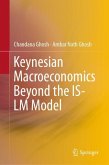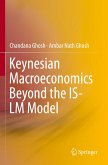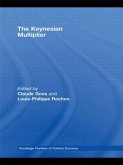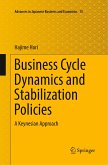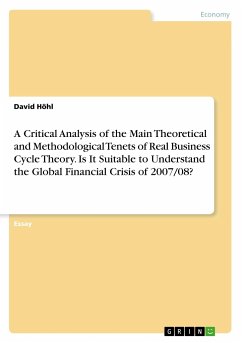Seminar paper from the year 2010 in the subject Economics - Macro-economics, general, grade: 2,3, Berlin School of Economics and Law, language: English, abstract: Table of Contents:1.) Income-expenditure model and the multipliera) Please explain the income-expenditure model for a closed economy whithout a government with the help of a figureb) The following data for consumption (C) and private net investment is given: C = 50 + 0.9Y, I = 100. Please calculate the equilibrium values for income, consumption, saving and investment, and derive the investment-income multiplier.c) Please explain the paradox of thrift making use of the example in 1b.d) What happens to equilibrium income, consumption, saving and investment, when we introduce government spending (G = 100), completely financed by a tax on wealth, into the model? Explain your results.3.) The IS-LM modela) Please explain the IS-LM model with the help of a figure. What are the basic assumptions and what are the main conclusions?b) Please explain how fiscal and monetary policies can affect the equilibrium.Which policy should be applied in a deep recession?c) Which are the problems of the IS-LM model in your view?4.) Money and credit market from a modern Keynesian perspectivea) Explain the relationship between the money and the credit market from a Keynesian perspective making use of a 4-quadrant figure.b) How can the central bank affect the equilibrium on the credit market?c) Discuss the effectiveness of expansionary monetary policies in a severe crisis.



